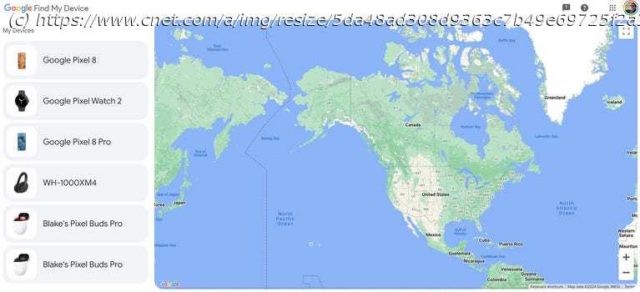Google’s Find My Device network is going live, allowing you to find your lost devices.
Google has helped you find a lost Android phone tied to your Google account for years now, but the search giant is rolling out this spring an improved version of service. With a crowdsourced network of over a billion Android devices, Google said the new version has the ability to locate misplaced keys, wallet or luggage with new Bluetooth trackers, as well as support for Bluetooth tracker tags.
This spring, Google’s been rolling out the updated Find My Device service and informing device owners via email that their compatible phones, earbuds, headphones and trackers will automatically be added to the network within three days unless they choose to opt out.
Below, we’ll provide a rundown of the Find My Device network, what it works with and how you can opt-out of it if you so choose. What is the Find My Device network?
The web view of the Find My Device network lists all of your supported devices tied to your Google account with a map that will show you their locations.
Google’s Find My Device network allows you to locate missing devices and accessories tied to your Google account. This is done by crowdsourcing — where devices on the Find My Device network use Bluetooth to scan for and detect lost items. If an item is found, the service will send you a notification of the item location. The network can also locate some devices, like the Pixel 8 and Pixel 8 Pro, for several hours even if they’re turned off or if their battery is dead.Which devices and trackers work with Google’s Find My Network?
In addition to locating a misplaced Android phone and tablet, the Find My Device network allows you to track compatible Bluetooth tracker tags such as from Chipolo and Pebblebee, Wear OS devices including the Pixel Watch and Android-compatible accessories like the Pixel Buds and — soon — headphones from JBL and Sony.






